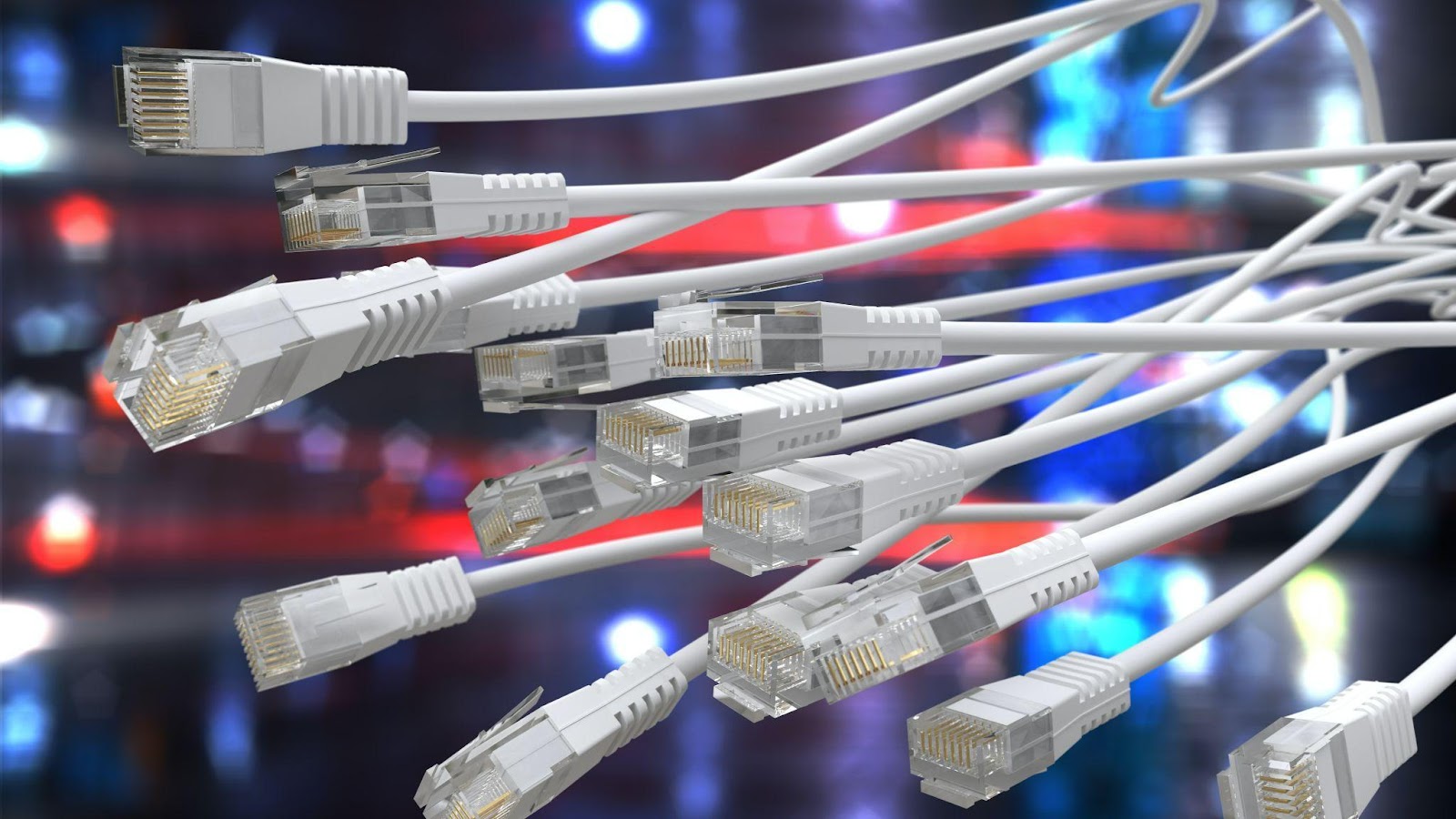Tech
Low Voltage Cables: Reliable Solutions For Safe Power Distribution

Low-voltage cables are essential components in power distribution systems, providing a reliable and safe means of transmitting electricity.
This article explores the various aspects of low-voltage cables, including their understanding, benefits, applications, and maintenance.
By delving into the technical details and emphasizing the importance of safety measures, this informative piece aims to equip readers with the knowledge needed to ensure efficient power distribution while minimizing risks.
Whether for residential or industrial purposes, low-voltage cables offer dependable solutions for delivering electricity safely.
Understanding Low Voltage Cables
An understanding of low-voltage cables is crucial for ensuring safe power distribution. Cable selection plays a vital role in this process, as it directly impacts the overall reliability and performance of the power distribution system. Voltage rating is an essential factor to consider when choosing low-voltage cables. It refers to the maximum voltage that a cable can safely handle without experiencing an electrical breakdown or insulation failure.
The voltage rating determines the cable’s suitability for specific applications and environments. Low-voltage cables are designed with different voltage ratings, ranging from 300V to 1000V, depending on the intended use. Selecting a cable with an appropriate voltage rating ensures that it can withstand electrical demands and prevent any potential hazards associated with overloading or overheating.
Therefore, thorough knowledge of cable selection and an understanding of different voltage ratings are imperative for reliable and safe power distribution systems.
Benefits of Low Voltage Cables
One advantage of utilizing low voltage cables is their ability to provide a secure and efficient means of transmitting electrical energy.
Low-voltage cables offer cost-effective solutions for power distribution due to their lower installation and maintenance costs compared to high-voltage cables.
These cables are designed to operate at voltages below 1000V, making them suitable for various applications such as residential, commercial, and industrial settings.
Moreover, low-voltage cables have a reduced environmental impact as they require less insulation material and consume lower amounts of energy during operation.
This makes them an environmentally friendly choice for sustainable power transmission systems.
Overall, the benefits of low-voltage cables lie in their cost-effectiveness and positive environmental implications, making them reliable solutions for safe power distribution.
Applications of Low Voltage Cables
An important application of low-voltage cables is their use in various sectors such as residential, commercial, and industrial settings. Low-voltage cables are highly versatile and offer reliable solutions for safe power distribution.
In residential applications, low-voltage cables are commonly used to connect electrical outlets, lighting fixtures, and appliances. They ensure efficient energy transfer while maintaining the required voltage regulation.
In commercial settings, these cables play a crucial role in powering office equipment, computer networks, and communication systems. They facilitate energy efficiency by minimizing power losses during transmission.
In industrial environments, low-voltage cables are employed for machinery and equipment operation, ensuring stable power distribution throughout the facility.
The utilization of low-voltage cables across these sectors demonstrates their significance in achieving energy efficiency and maintaining proper voltage regulation.
Ensuring Safe Power Distribution with Low Voltage Cables
To ensure the safe and efficient distribution of electrical energy, it is necessary to employ low-voltage cables in a variety of applications and sectors such as residential, commercial, and industrial settings. One crucial aspect of safe power distribution through low-voltage cables is proper insulation. Adequate insulation prevents electrical leaks, reduces the risk of short circuits, and protects individuals from electric shocks. It is essential to choose cables with high-quality insulation materials that can withstand the operating conditions and environmental factors they will be exposed to.
Safety measures for low-voltage cable installation are also critical. These measures include following industry standards for cable routing, avoiding sharp bends or kinks that could damage the cable or compromise its insulation, and ensuring proper grounding. Additionally, regular inspections and maintenance should be carried out to identify any signs of wear or damage in the cables or their insulation.
By adhering to these safety measures during installation and operation, reliable power distribution can be achieved while minimizing risks associated with low-voltage cables.
Maintenance and Troubleshooting for Low Voltage Cables
Maintenance and troubleshooting procedures for low-voltage cables involve regular inspections and identification of any signs of wear or damage in the insulation or cable structure. Common issues that may arise with low-voltage cables include insulation breakdown, conductor corrosion, and mechanical damage due to environmental factors or improper installation.
To identify these issues, visual inspections and specialized testing techniques such as insulation resistance measurements are conducted. Preventive measures for cable maintenance include ensuring proper cable routing, using cable supports to prevent excessive bending or tension, and implementing regular cleaning routines to remove dirt and debris that can contribute to degradation.
Additionally, periodic thermographic surveys can be performed to detect hotspots that may indicate potential failures. By implementing these measures, the reliability and safety of low-voltage cable systems can be maintained over their lifespan.
-
Blog1 year ago
MyCSULB: Login to CSULB Student and Employee Portal – MyCSULB 2023
-
Android App3 years ago
Cqatest App What is It
-
Android1 year ago
What Is content://com.android.browser.home/ All About in 2023? Set Up content com android browser home
-
Software2 years ago
A Guide For Better Cybersecurity & Data Protection For Your Devices
-
Latest News2 years ago
Soap2day Similar Sites And Alternatives To Watch Free Movies
-
Android2 years ago
What is OMACP And How To Remove It? Easy Guide OMACP 2022
-
Android3 years ago
What is org.codeaurora.snapcam?
-
Business2 years ago
Know Your Business (KYB) Process – Critical Component For Partnerships





















